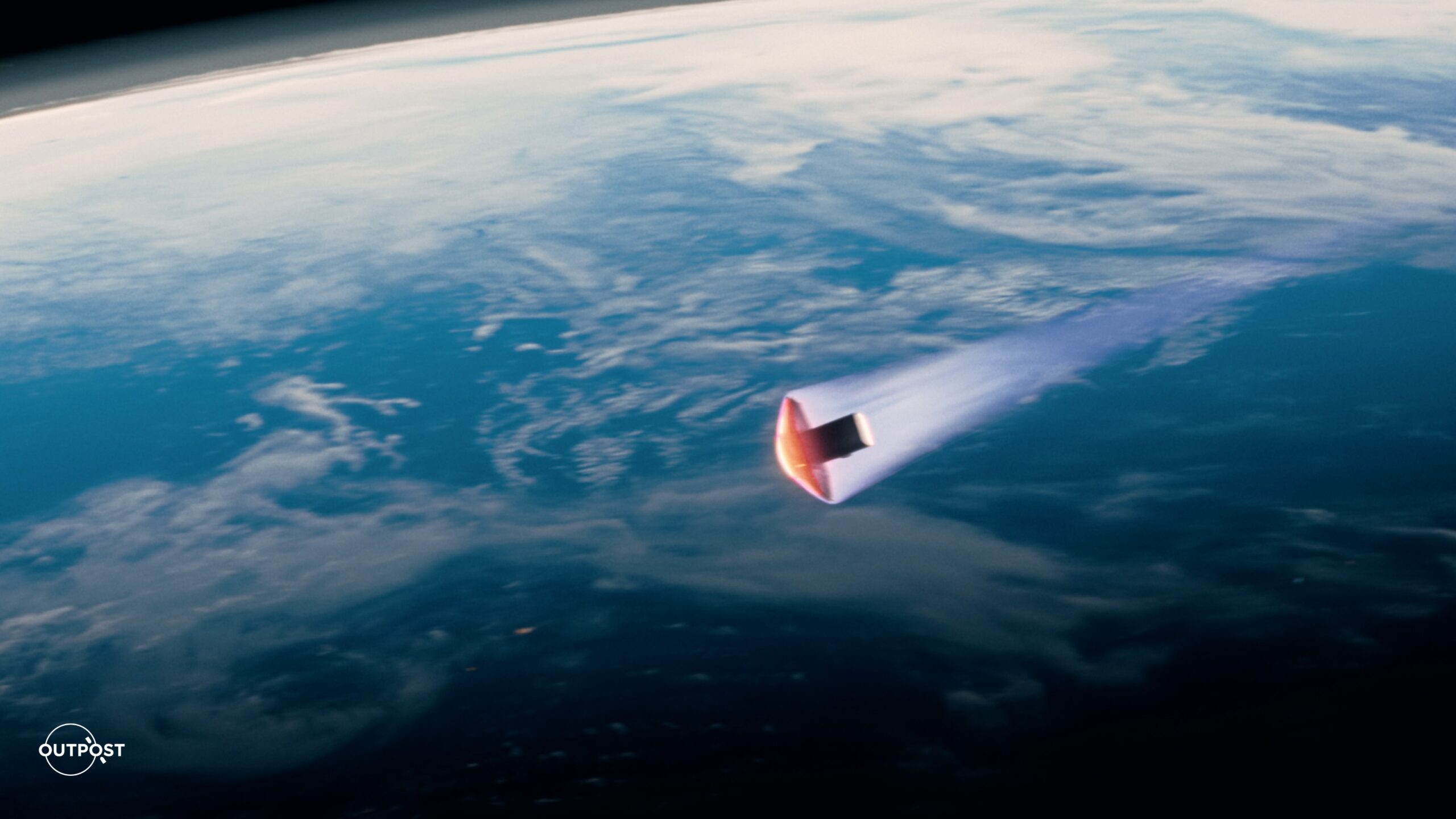Get the latest tech news
What the Polaris Dawn mission could reveal about human health in space
The real work is just getting started.
“It’s an opportunity to see what kind of [radiation] exposure that we get as they get further and further away from the surface of the Earth,” explained Baylor’s Translational Research Institute for Space Health deputy director Jimmy Wu. Though the Polaris Dawn mission is much shorter than a typical astronaut rotation on the International Space Station, at five days rather than six months or more, that still provides an opportunity for a different type of research. One experiment on the Polaris Dawn mission that could have an outsize impact is something that seems, on the face of it, quite simple: testing out a miniaturized ultrasound scanner that the crew can use to scan themselves and collect medical data.
Or read this on The Verge
